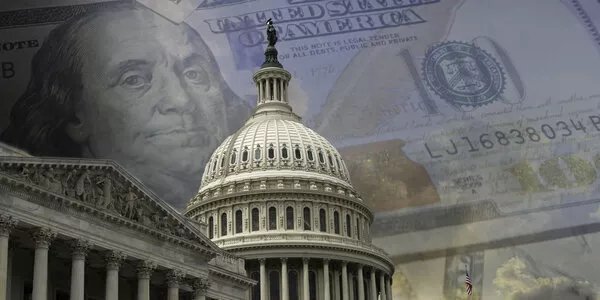
Weekly Update - Too early for ECB tightening
Mme Lagarde stated that risks to euro zone growth remain tilted to the downside but that they were “less pronounced” than before, given the roll-out in vaccines. She also reiterated previous guidance that the ECB’s asset purchase programme need not be used in full if financing conditions can be kept easy without it. Although not new, these comments sparked a sell-off in 10-year bonds, with traders pushing yields higher (+3.2bp on German Bunds, +6.7bp on Italian BTPs, for example).
The ECB comments come against a background of spreading infections and extended lockdowns in the EU. The average number of new confirmed cases over the past seven days ranges from 12.5 per 100,000 inhabitants in Germany to 52.3 in Spain, well above the global average of 5.3. The resulting strain on healthcare systems combined with the emergence of new, more virulent strains (such as the B117 mutation first identified in the UK) has forced many governments to tighten restrictions. Germany’s lockdown has been extended till mid-February at least, France has imposed a nationwide curfew at 18:00 and Prime Minister Johnson has suggested that the UK’s lockdowns may last until summer.
Vaccination programmes across the euro zone have got off to a slow start. On Worldometers.com data, Germany has vaccinated 1.7% of its population to date, France only 1.1%, Italy 2.1% and Spain 2.4%. In comparison, the United States has been able to
inoculate 5.0% of its population and the United Kingdom 8.1% (see left-hand chart below). Of course, the UK and the US got a
head start on the European Union by giving emergency use authorisations for the Pfizer/BioNTech vaccine on December 3 and 12 respectively whereas the EU waited until December 21 to issue its approval, meaning that vaccinations only really got underway in early January. These delays matter of course because the sooner a substantial proportion of the population has been inoculated, the quicker lockdown restrictions can be eased.
The flash estimates for January’s PMI surveys suggest that the euro zone continues to face difficult conditions. The composite index has fallen to 47.5 from 49.1 in December versus consensus forecasts for 47.6, well below the 50.0 level which marks the frontier between expansion and contraction. Unsurprisingly, the bulk of the decline came in services where confidence fell to 45.0 – services, which represent the vast majority of GDP in advanced economies, are the most sensitive to lockdown restrictions.
In her comments on January 21, Christine Lagarde also went out of her way to stress that the ECB statement on financial conditions should not be interpreted as being “hawkish” (i.e., pointing to more restrictive policy settings). Indeed, she confirmed that the asset purchase programmes could be “recalibrated” to easier settings if necessary. And looking at bank credit conditions (see right-hand chart below), it is difficult to argue that financial conditions are too accommodative at present.
Bottom line. Tighter and longer lockdowns across Europe are likely to prolong recession conditions into the first quarter. Moreover, the slow start to vaccinations in the EU is likely to delay cyclical recovery until the second half. However, this means that the policy mix of monetary and fiscal policy is likely to remain very supportive throughout the year in our view. As a result, investors are likely to continue to focus on the longer term rather than on near-term risks to activity.





